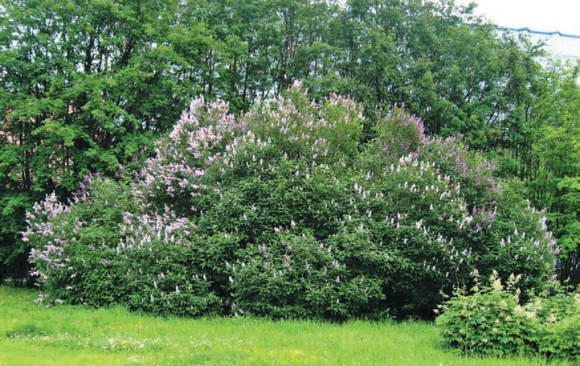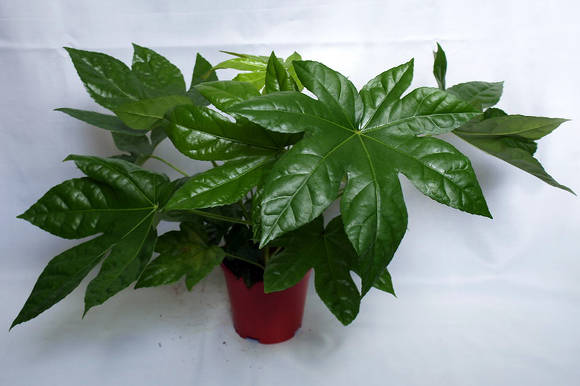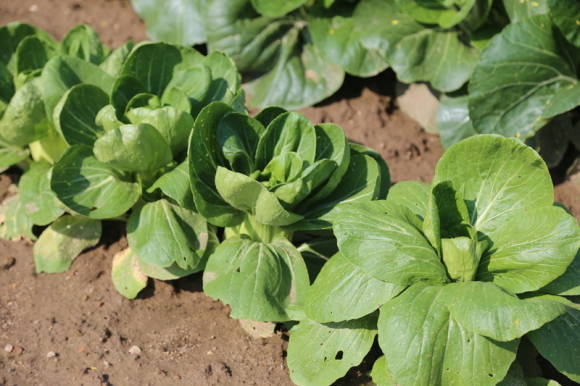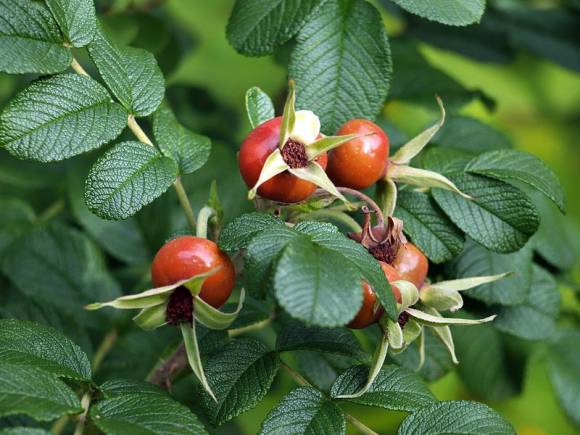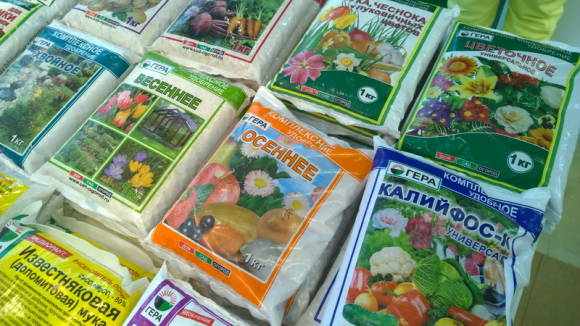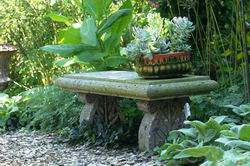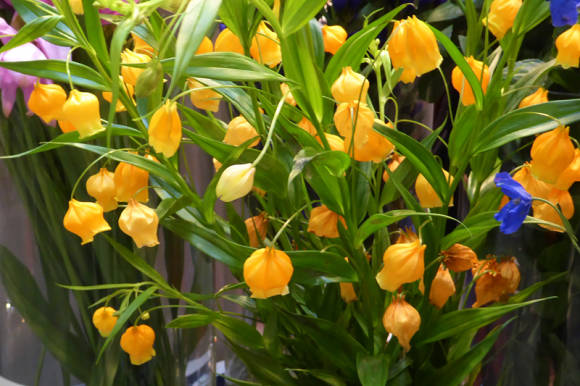 |
Rape is one of the most beautiful and hardy palms, widely spread in culture in the East, especially in China and Japan, but in our country they have so far been neglected. Perhaps this is due to the relatively high cost of these plants, which is explained by their slow growth - it takes many years to grow a large plant.
They are short, multi-stemmed plants with slender, bamboo-like stems and unusual, strongly split, fan-shaped leaves. All types of rapes, without exception, deserve attention (their detailed description is given on the Rapis page), but many of them are rare in the culture, although they differ little from each other in care. We sell high rapeseed, less often low rapeseed, which come to flower shops through Dutch auctions.
In terms of unpretentiousness, rapeseas are not inferior to such popular palms as hovei and hamedorei. The plasticity of these palms is due to natural adaptations to the subtropical climate with sharp fluctuations in conditions, large temperature drops (up to zero and below), and possible short-term droughts. Their compact and slow growth, resistance to diseases and pests make them very suitable plants for decorating residential and office interiors.
Illumination. Rapis is shade-tolerant, prefers to grow in bright diffused light, although it feels good in a shady place, it can stand in deep shade for some time without losing its decorative effect. Adult specimens are well suited for landscaping dimly lit rooms, but like any living plants, they cannot do without light at all, so from time to time it is necessary to change their location to a more illuminated one in order to allow the plants to recover.
Rape can grow in the open sun, but at the same time the leaves of many species lose their rich green color, acquiring a yellowish tint.
Illumination of about 50% is considered optimal for growing rapeseed. They grow well near western and eastern windows, and can grow on the north side. In rooms with a southern orientation, it is better to place the plant in the back of the room. For uniform crown growth, it is advisable to regularly rotate the plant relative to the light source.
Watering uniform and moderate all year round. In adulthood, rapeseed can survive a short drying out, but from systematic waterlogging of the soil, it can be affected by root rot. To avoid diseases, the plant should be watered only when the soil dries out from above by a few centimeters. When watering, water should wet the entire lump, but not stagnate in the pot, for which the soil must be well drained throughout. Particular attention should be paid to watering if the plant is in direct sun: the soil should not be allowed to dry out here. In winter, with a lack of light, if there is a possibility of a cool content, watering should be reduced. It is advisable to use soft water, since the accumulation of calcium salts in the soil over time leads to browning of the tips of the leaves.
Temperature. Rapeseed is quite cold-resistant, can withstand short-term temperature drop down to -5oC. In this case, the stems and leaves are partially affected, but the plant is restored. Rapis does not tolerate heat well. At high temperatures, it is necessary to water the plant on time, provide it with protection from direct sun and, if possible, increase the humidity of the air and ensure good ventilation of the room.
Rapis feels comfortable at normal room temperature. In winter, with a lack of light, it is advisable to provide it with a cool content at + 10 + 16 ° C (a decrease to + 5 + 10 ° C is possible), accompanied by a reduction in watering.
Air humidity... Rape is quite tolerant of dry indoor air, but with the heating devices turned on, it is advisable to spray the leaves 2 times a day. If the content is cool (below + 18 ° C), spraying should be canceled. On hot days, on the contrary, increase the humidity of the air, often spray the leaves, and arrange sprinkling for the plant.
Soil and transplant... Rape is content with many types of soil, provided they are well drained, but prefers light, slightly acidic or neutral. Ready-made soil for palm trees with the addition of perlite is suitable for growing. For planting, take wide pots or bowls, giving room for the growth of basal shoots. Young specimens are transplanted every year by careful handling. Mature plants do not need frequent replanting. When replacing the top layer of soil with a fresh one, be careful not to damage the young shoots and surface roots of the plant.
Top dressing. Rapeseed does not require enhanced nutrition, they are fed from spring to autumn with complex fertilizers for palms.
Reproduction. During transplantation, part of the lateral suckers with roots can be separated. This is the only breeding method for varietal plants. Rapis does not propagate by cuttings. Seed reproduction is also possible, the seeds germinate in 2-3 months.
The slow growth of seedlings and detached daughter plants explains the rather high cost of mature plants. Rapis, propagating by layering, has an unlimited lifespan, with good care it can be grown for many years, passing from generation to generation.
Pests and diseases. Rapeseed is considered to be a plant resistant to pests and diseases. Even a spider mite is extremely rare. However, pests such as mealybugs and scale insects can be found on it. When choosing a plant, carefully examine the leaf blades, leaf petioles, their axils, stem, offspring. If you find on them plaques that look like droplets of wax (this is a scale) or white lumps that resemble cotton balls (mealybug), then refrain from buying. Having found these pests on an already acquired plant, try to remove all visible insects by hand and treat with a systemic insecticide (Aktara).
Read more in the article Houseplant pests and control measures.
With regular waterlogging, rapeseed can be affected by root rot. Stagnation of water in the root zone deprives them of air access, which creates good conditions for the development of pathogenic fungi. In this case, the leaves are covered with large brown spots, the plant loses its turgor and withers. In case of severe damage, the roots should be washed from the soil, the decayed parts should be removed, the palm tree should be transplanted into fresh, well-drained soil and measures should be taken to reanimate the plant (greenhouse with high air humidity, treatment with Zircon). At the initial stages of the disease, it is enough just to normalize watering, to allow the roots to breathe - in such conditions, the disease will stop developing and the roots will gradually recover.

